Need for Enhanced Customer Experience
In the competitive landscape of Europe, the in memory-database market is witnessing a growing emphasis on enhancing customer experience. Businesses are increasingly leveraging data to understand customer preferences and behaviors, which necessitates quick access to real-time information. In memory-database solutions enable organizations to analyze customer data instantaneously, allowing for personalized services and improved customer interactions. As companies strive to differentiate themselves, the demand for in memory-database technologies is expected to rise, with market growth projected at around 20% in the coming years. This focus on customer-centric strategies indicates a broader trend towards utilizing data as a key asset in driving business success.
Regulatory Compliance and Data Governance
The in memory-database market in Europe is also shaped by the increasing focus on regulatory compliance and data governance. With stringent regulations such as the General Data Protection Regulation (GDPR) in place, organizations are compelled to adopt data management solutions that ensure compliance while maintaining operational efficiency. In memory-database technologies offer the agility and speed required to manage data in accordance with regulatory standards. The market for these solutions is expected to grow by approximately 18% as businesses prioritize compliance and data integrity. This trend highlights the critical role of in memory-database systems in supporting organizations to navigate the complex regulatory landscape while optimizing their data management practices.
Growing Demand for High-Speed Data Processing
The in memory-database market in Europe is experiencing a notable surge in demand for high-speed data processing capabilities. Organizations are increasingly recognizing the necessity for real-time data access to enhance decision-making processes. This trend is particularly evident in sectors such as finance and e-commerce, where rapid data retrieval can significantly impact operational efficiency. According to recent estimates, the market for in memory-database solutions is projected to grow at a CAGR of approximately 25% over the next five years. This growth is driven by the need for businesses to process large volumes of data swiftly, thereby improving customer experiences and operational agility. As a result, companies are investing heavily in in memory-database technologies to remain competitive in a fast-paced digital landscape.
Rising Adoption of Internet of Things (IoT) Solutions
The in memory-database market is significantly influenced by the rising adoption of Internet of Things (IoT) solutions across various sectors in Europe. As IoT devices proliferate, the volume of data generated is immense, necessitating efficient data management systems. In memory-database solutions are particularly suited for handling the high-velocity data streams produced by IoT devices, enabling real-time analytics and insights. The European IoT market is anticipated to grow at a CAGR of approximately 22% over the next five years, further driving the demand for in memory-database technologies. This trend suggests that organizations are increasingly seeking robust data solutions to harness the potential of IoT, thereby enhancing operational efficiency and innovation.
Integration of Artificial Intelligence and Machine Learning
The integration of artificial intelligence (AI) and machine learning (ML) into the in memory-database market is transforming how organizations manage and analyze data. AI and ML algorithms require substantial computational power and quick data access, which in memory-database solutions provide. This integration allows for advanced analytics, predictive modeling, and automated decision-making processes. In Europe, the adoption of AI-driven applications is expected to increase, with a projected market growth of around 30% in the next few years. This trend indicates a shift towards more intelligent data management systems, where in memory-database technologies play a crucial role in enabling organizations to leverage their data for strategic advantages.


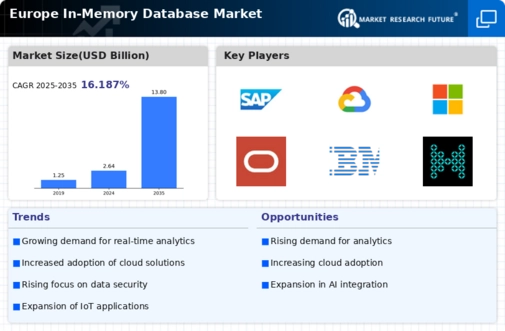
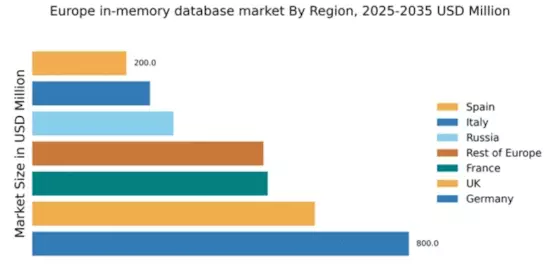

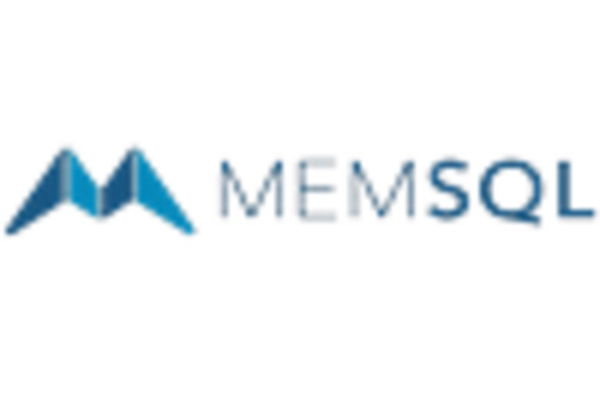


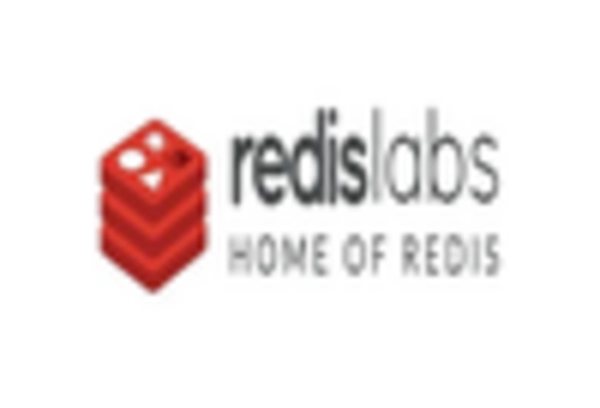
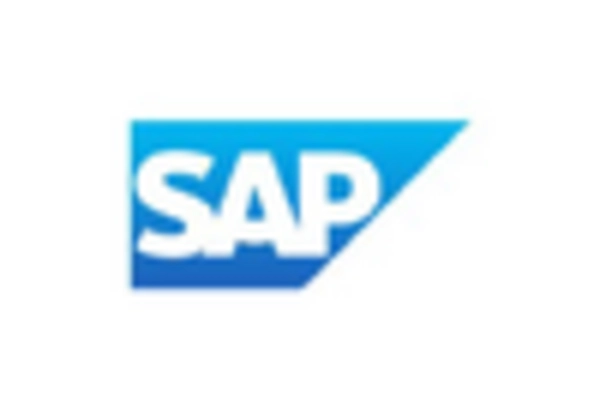








Leave a Comment